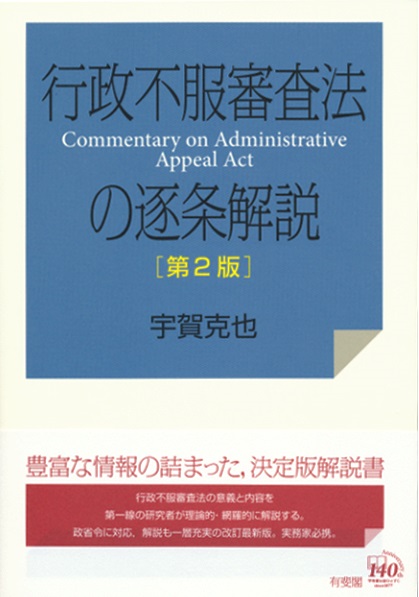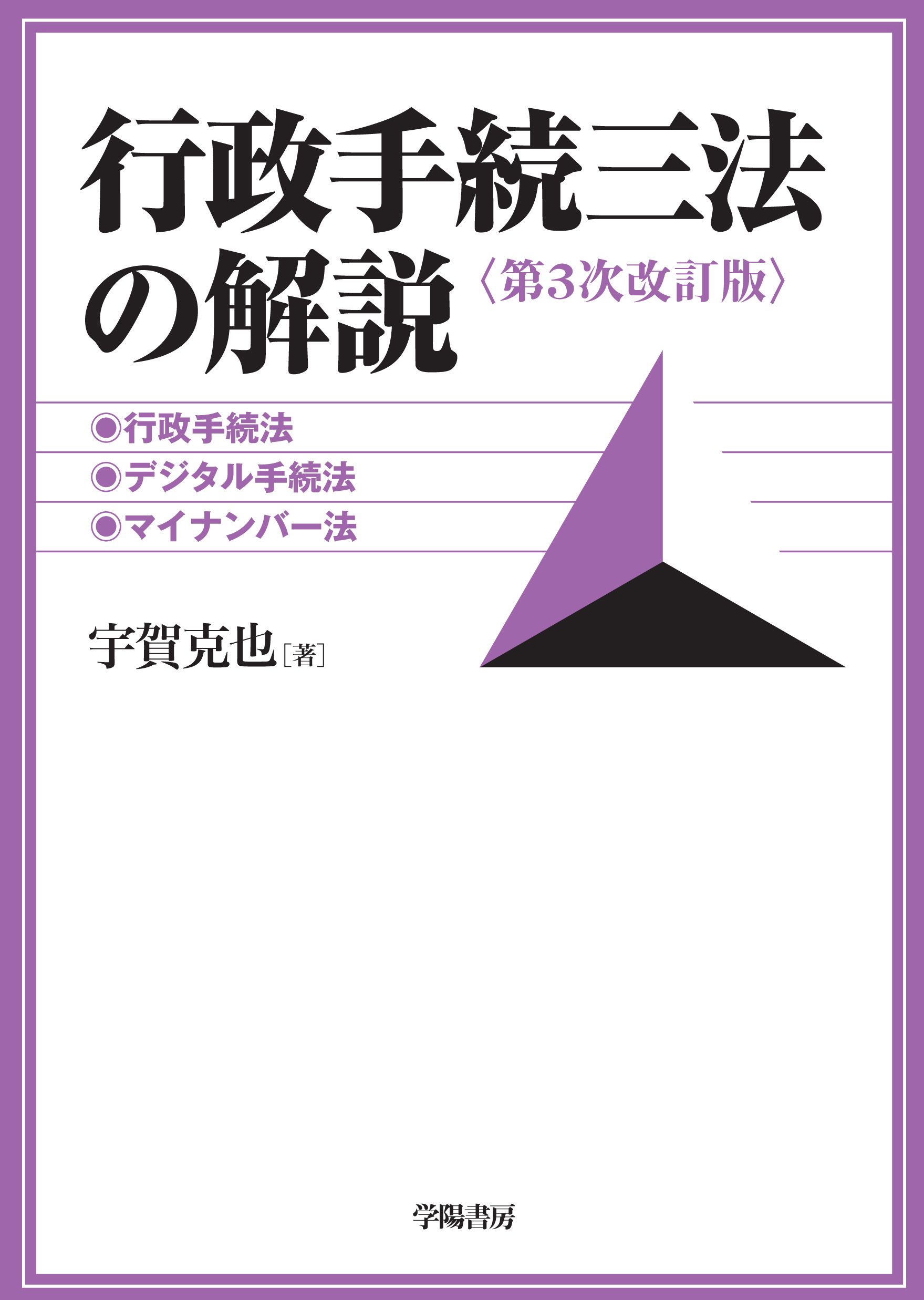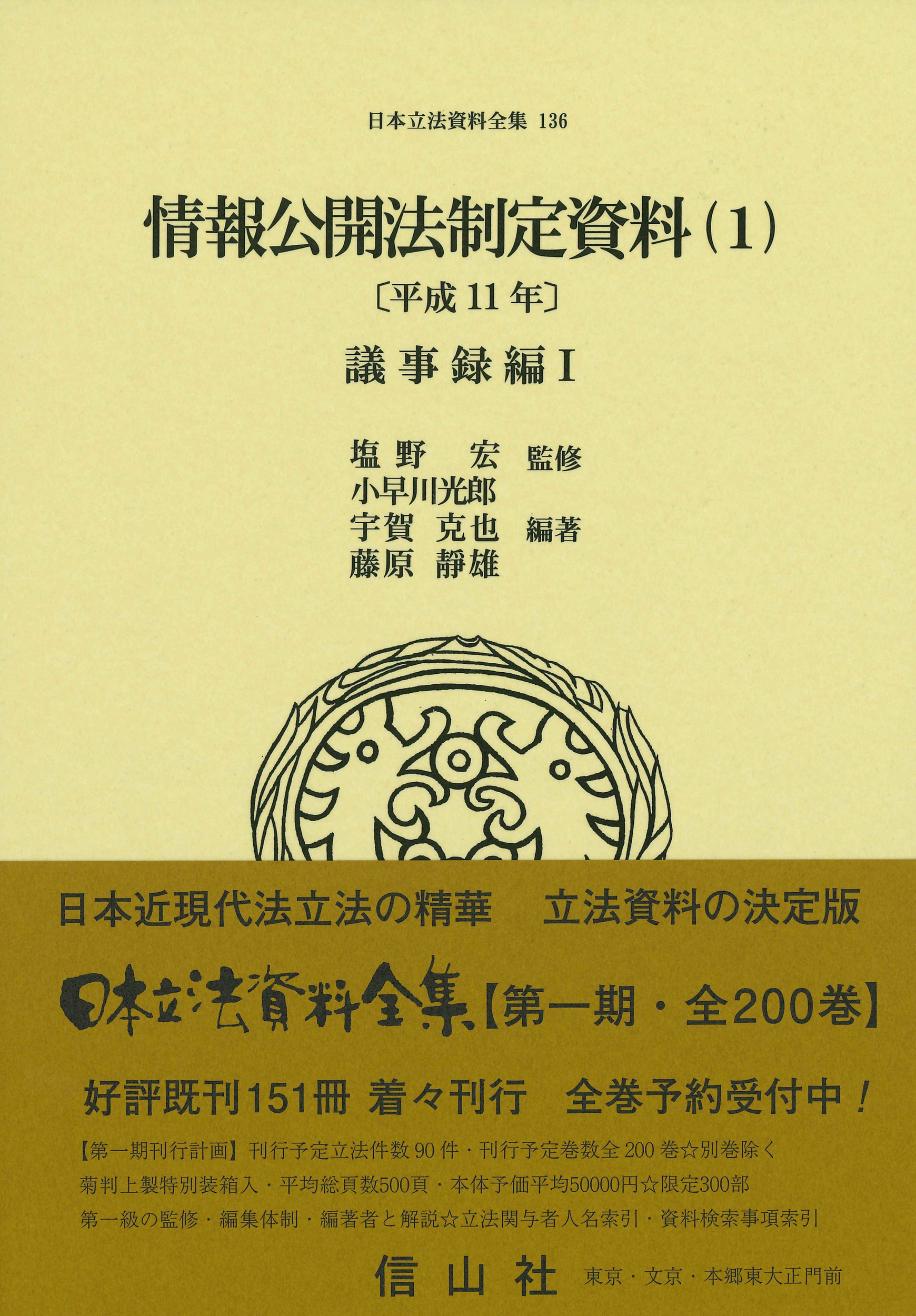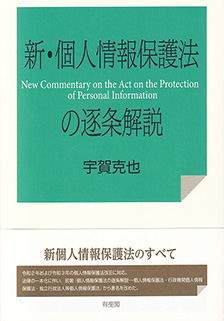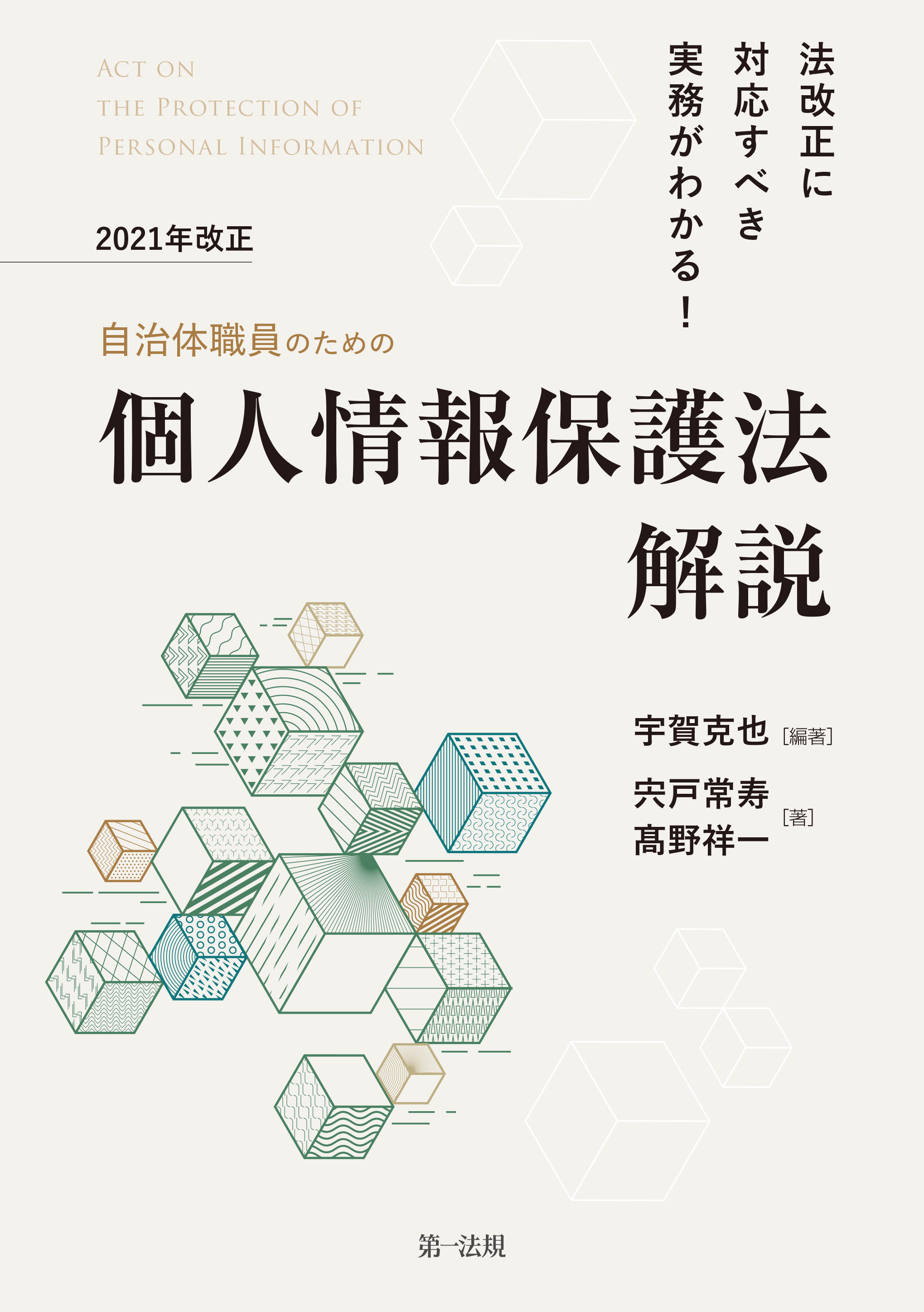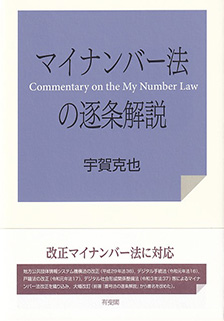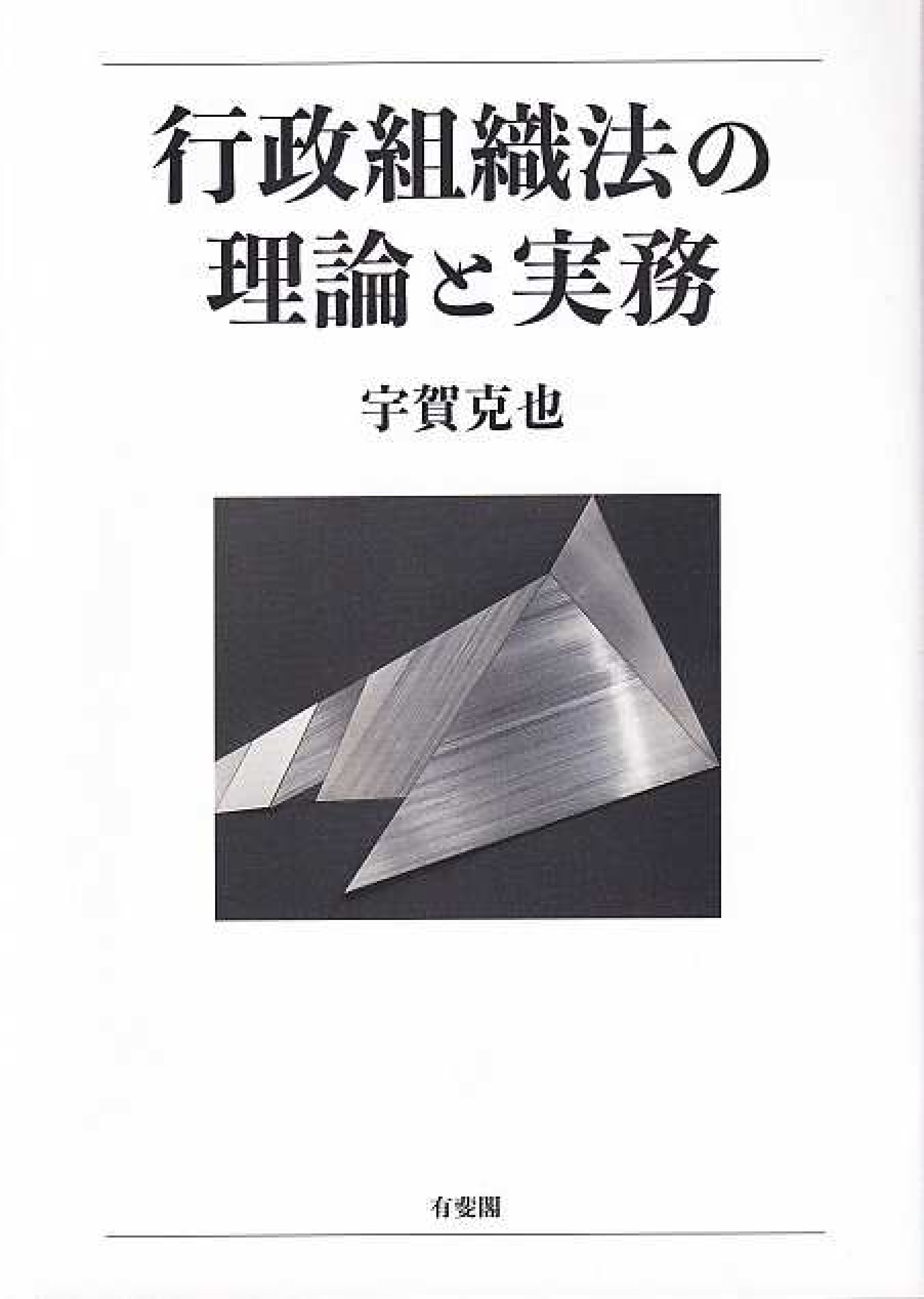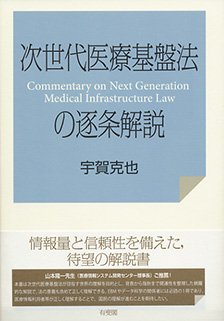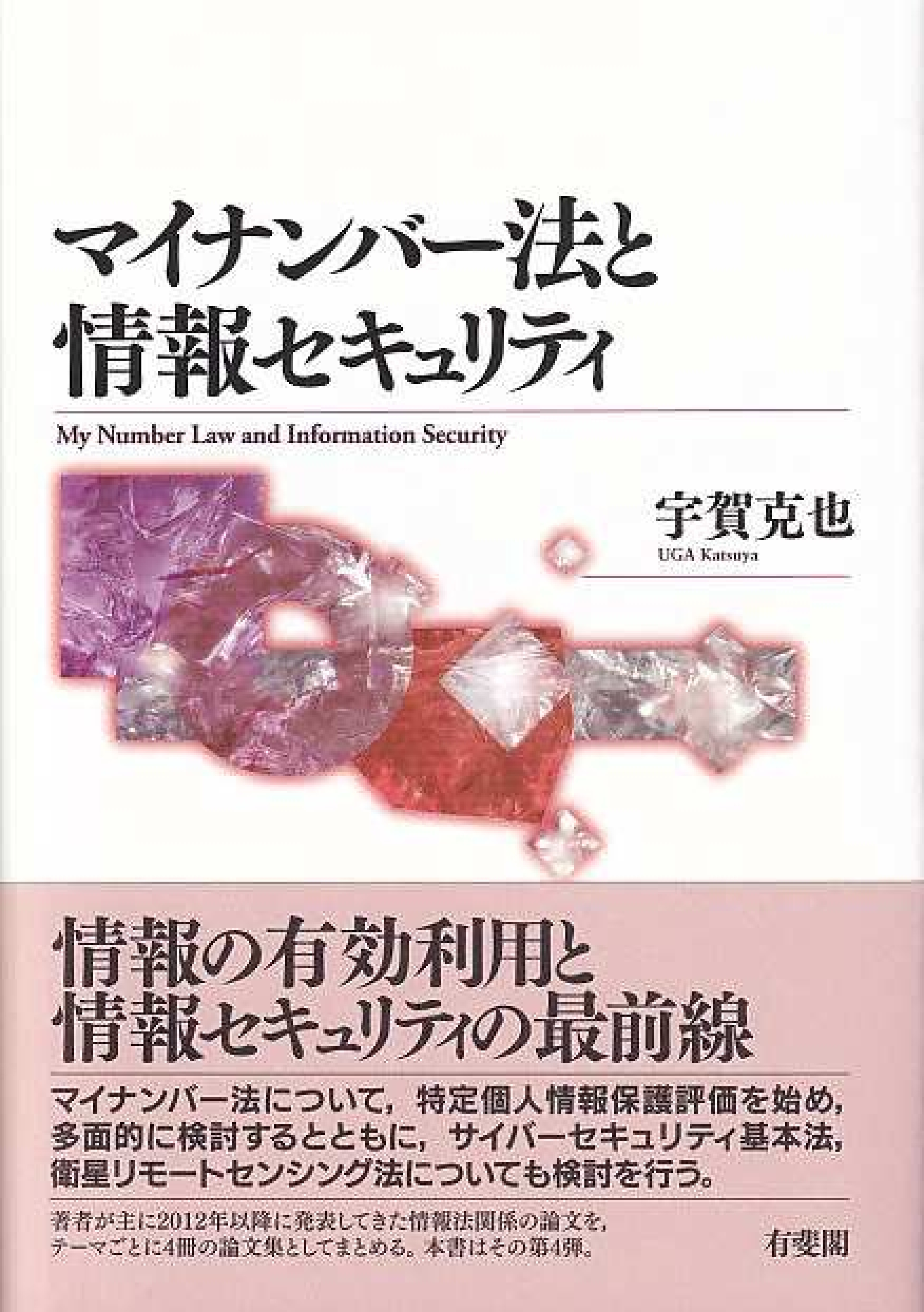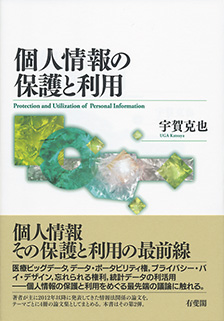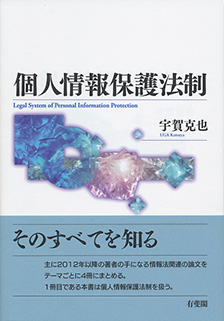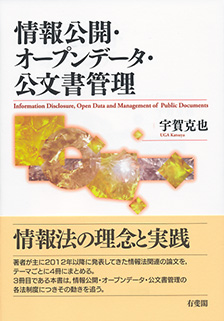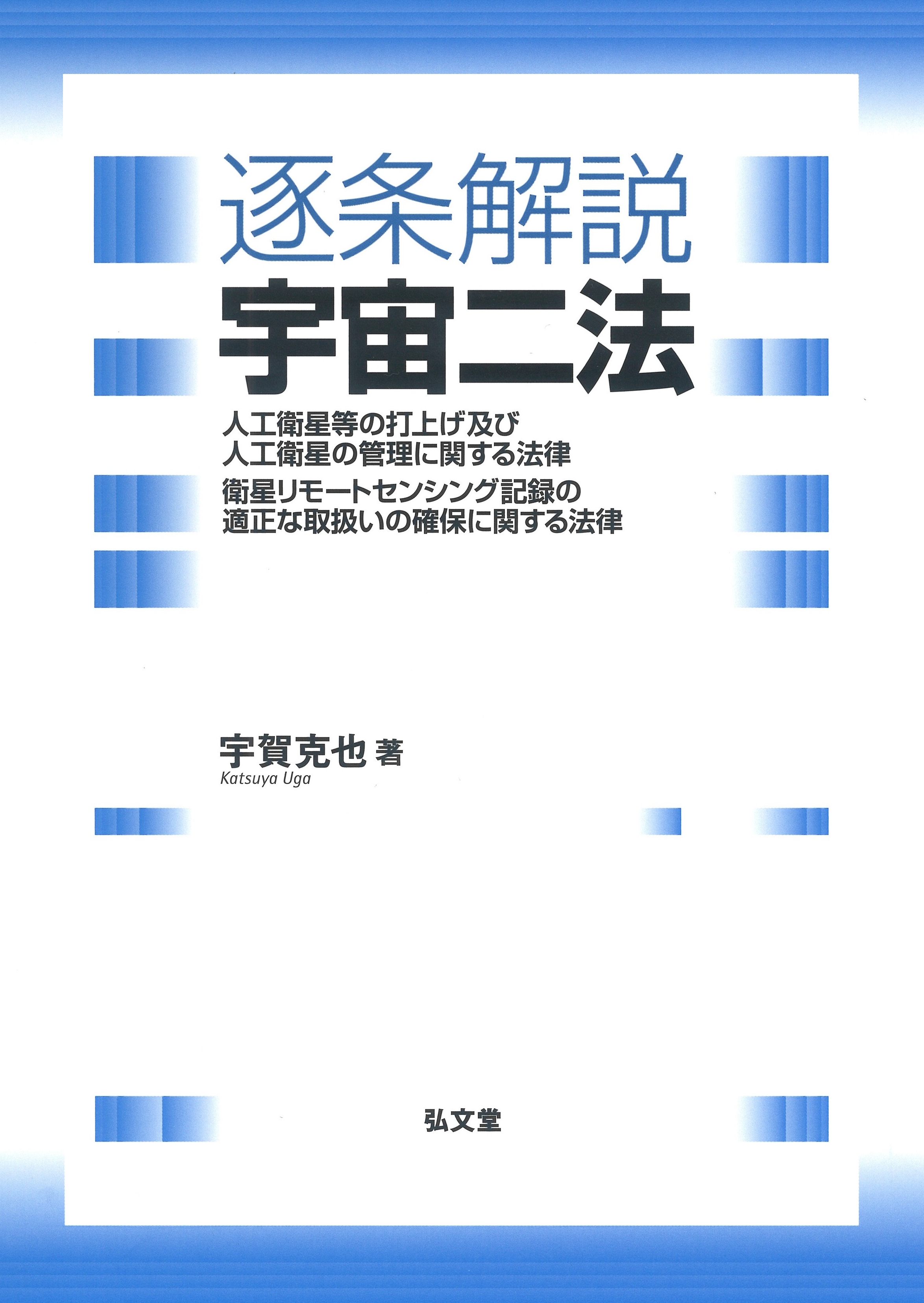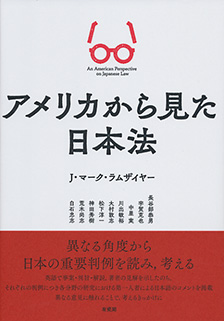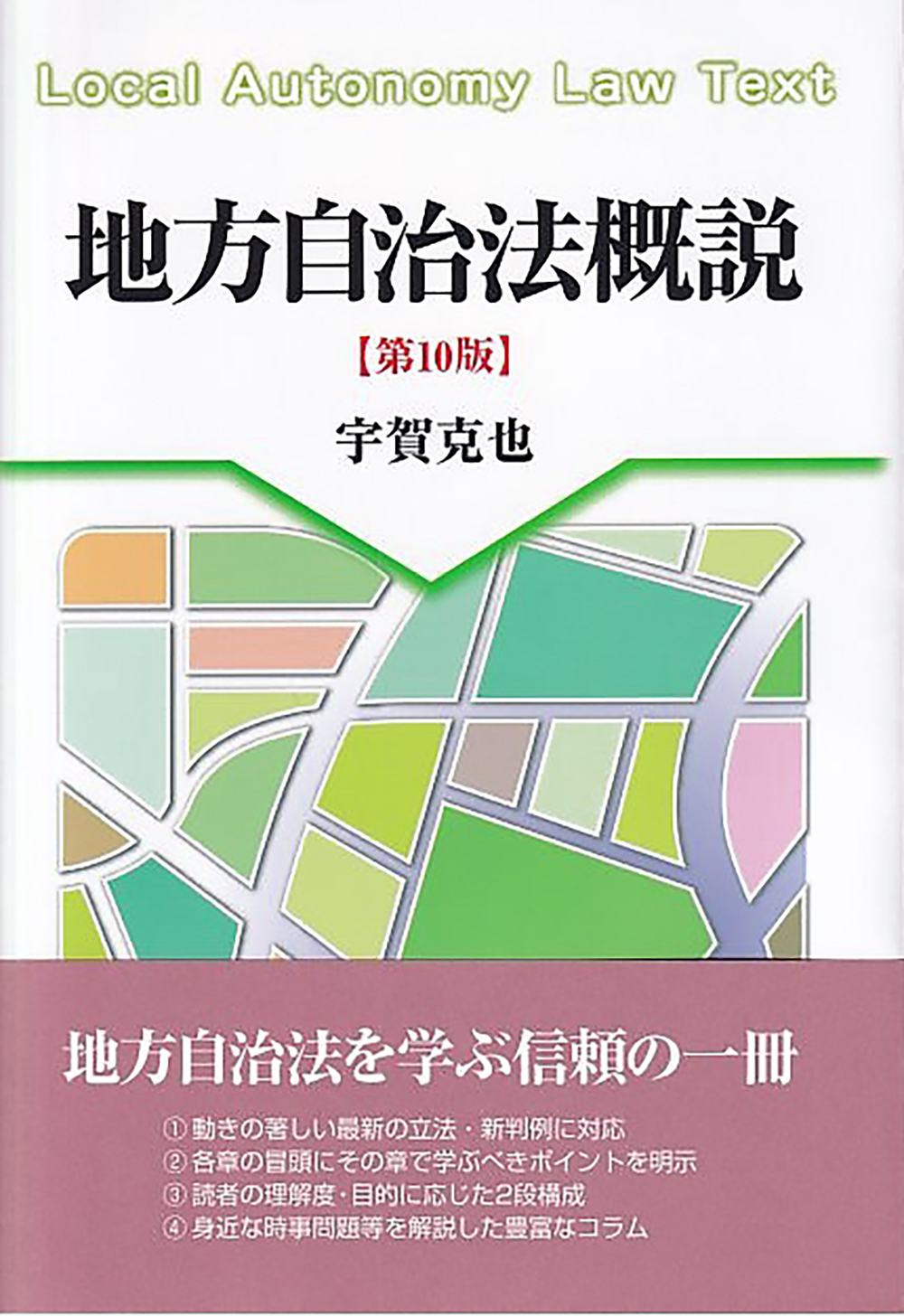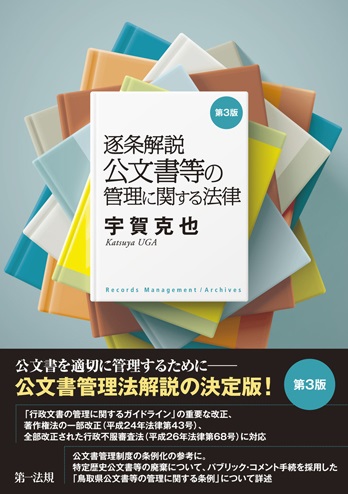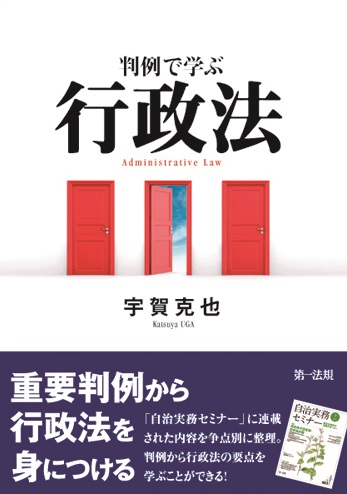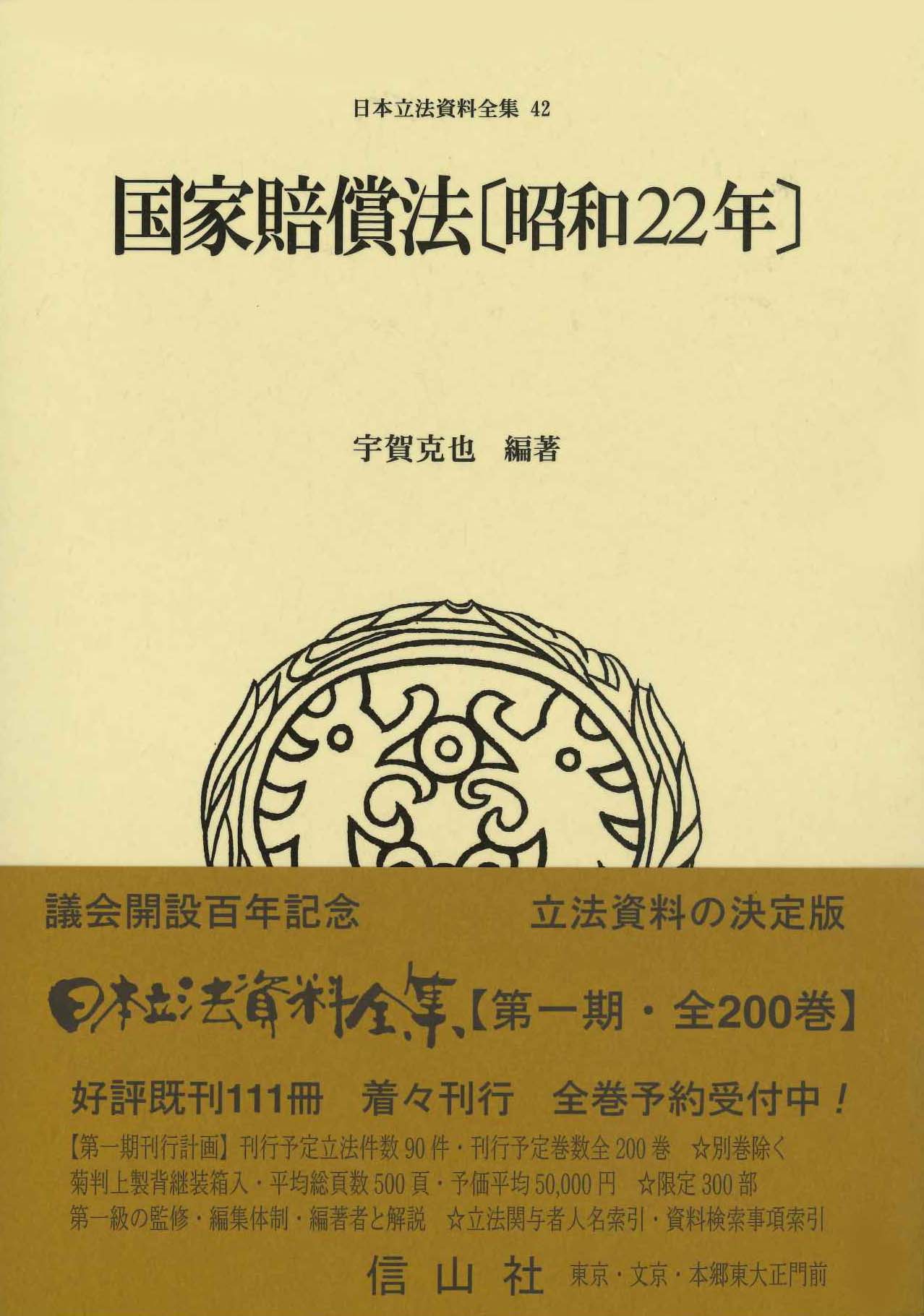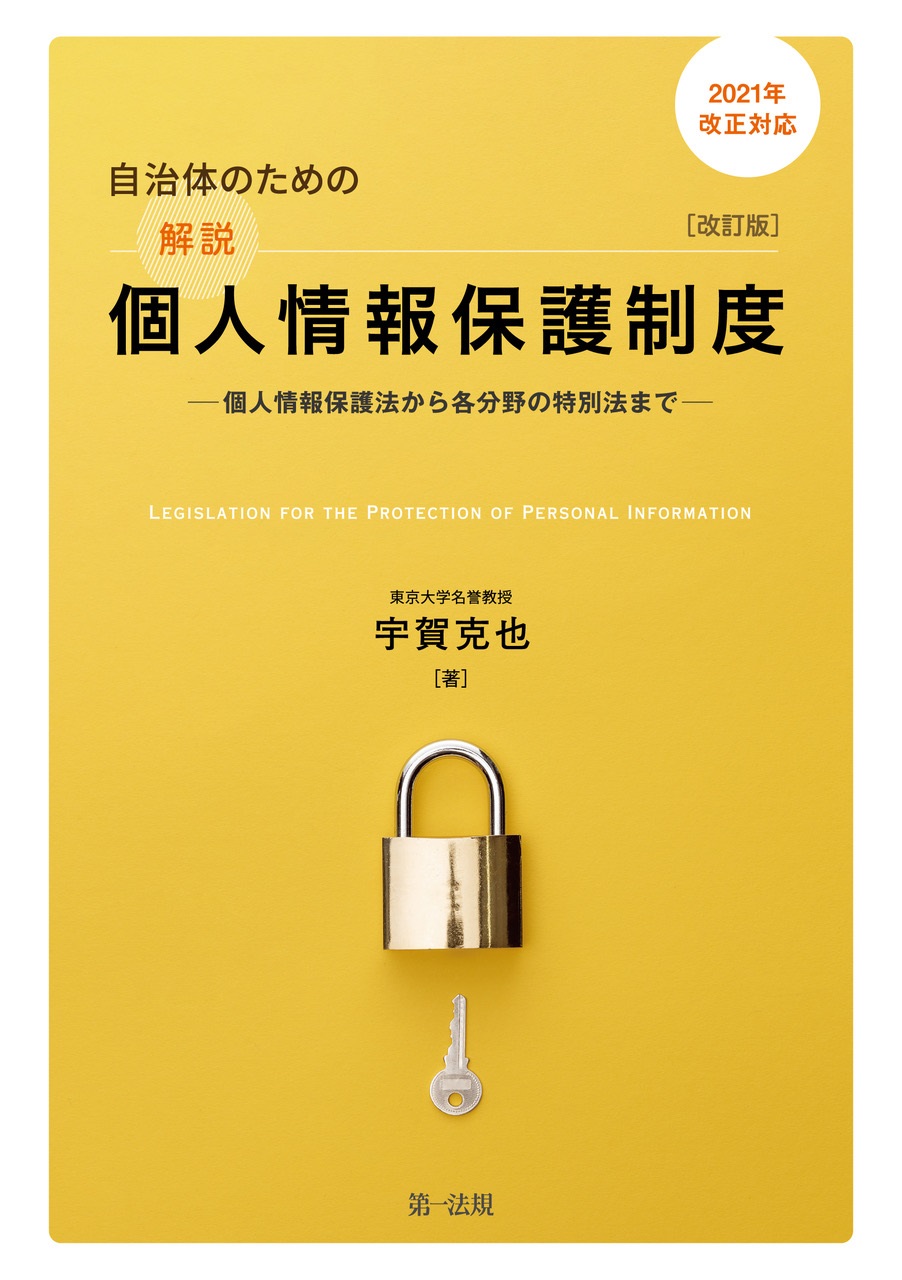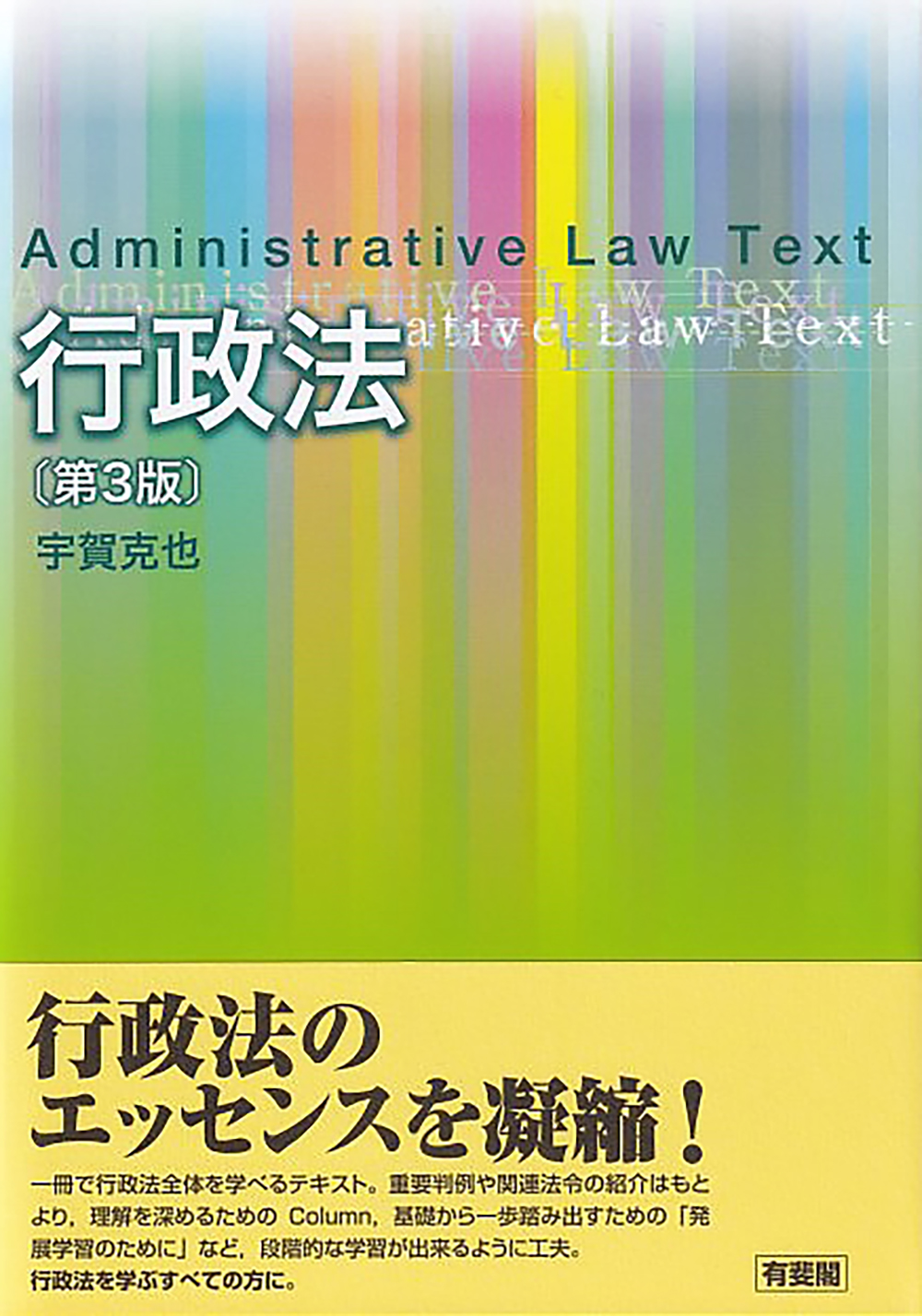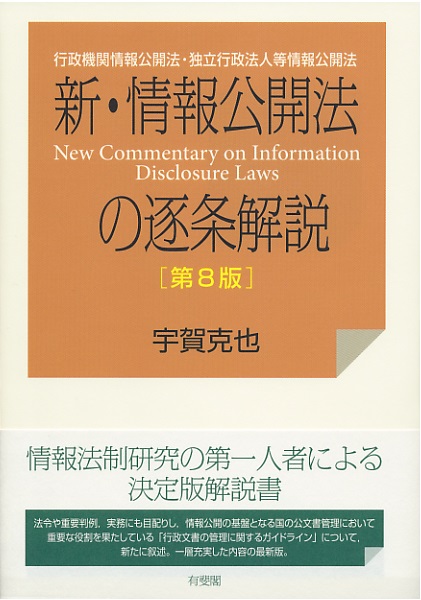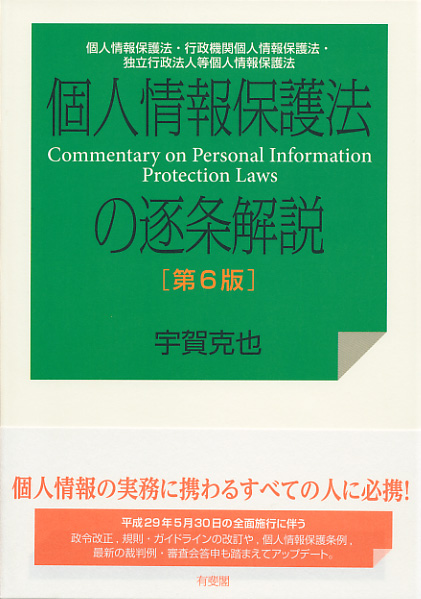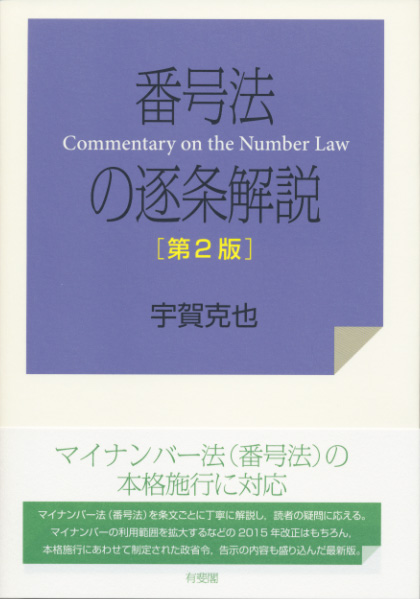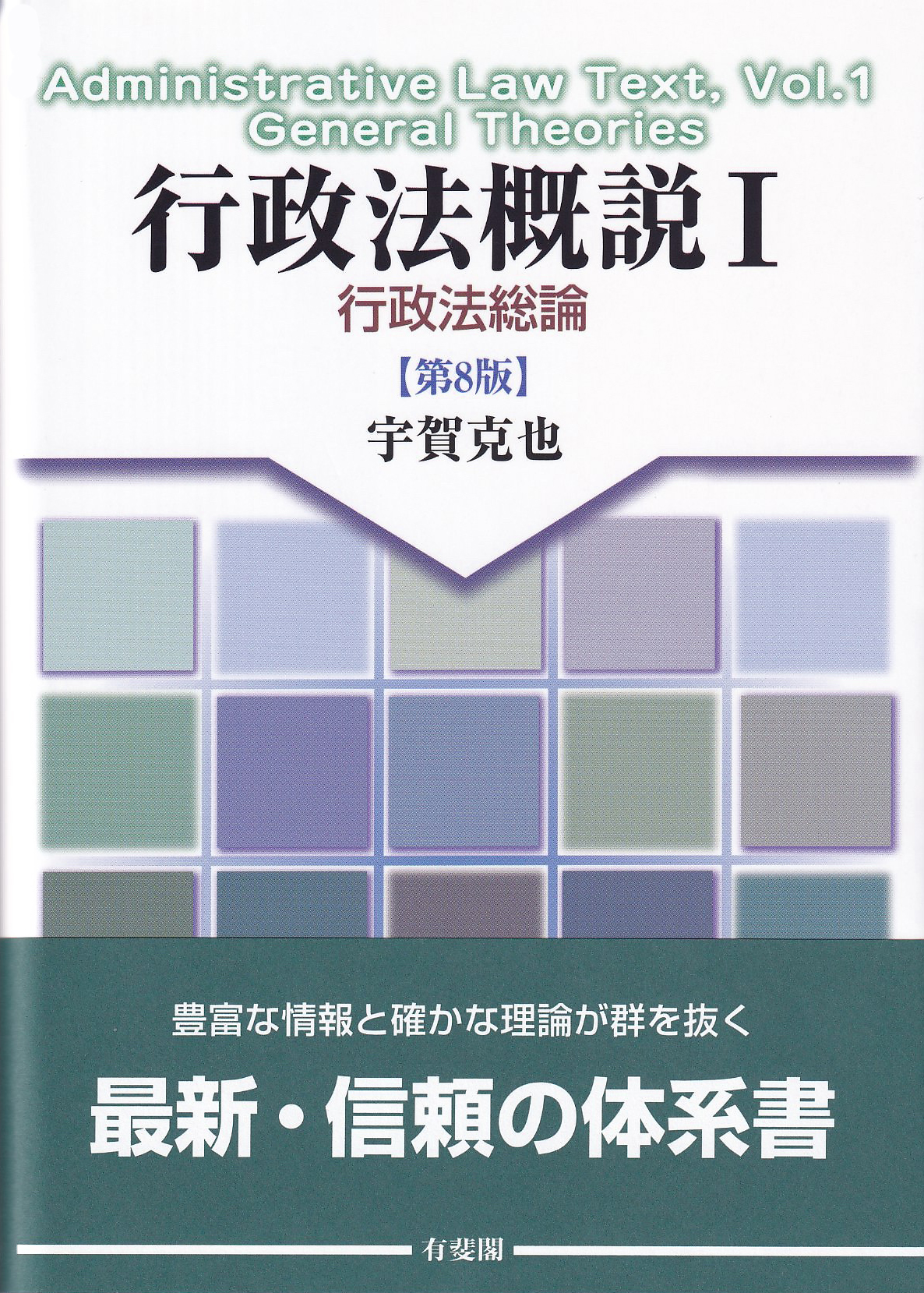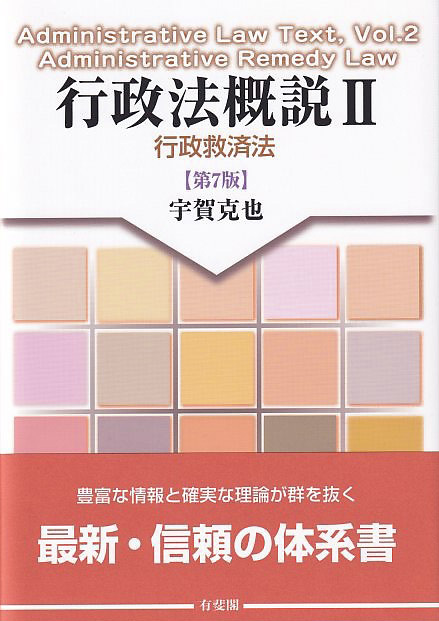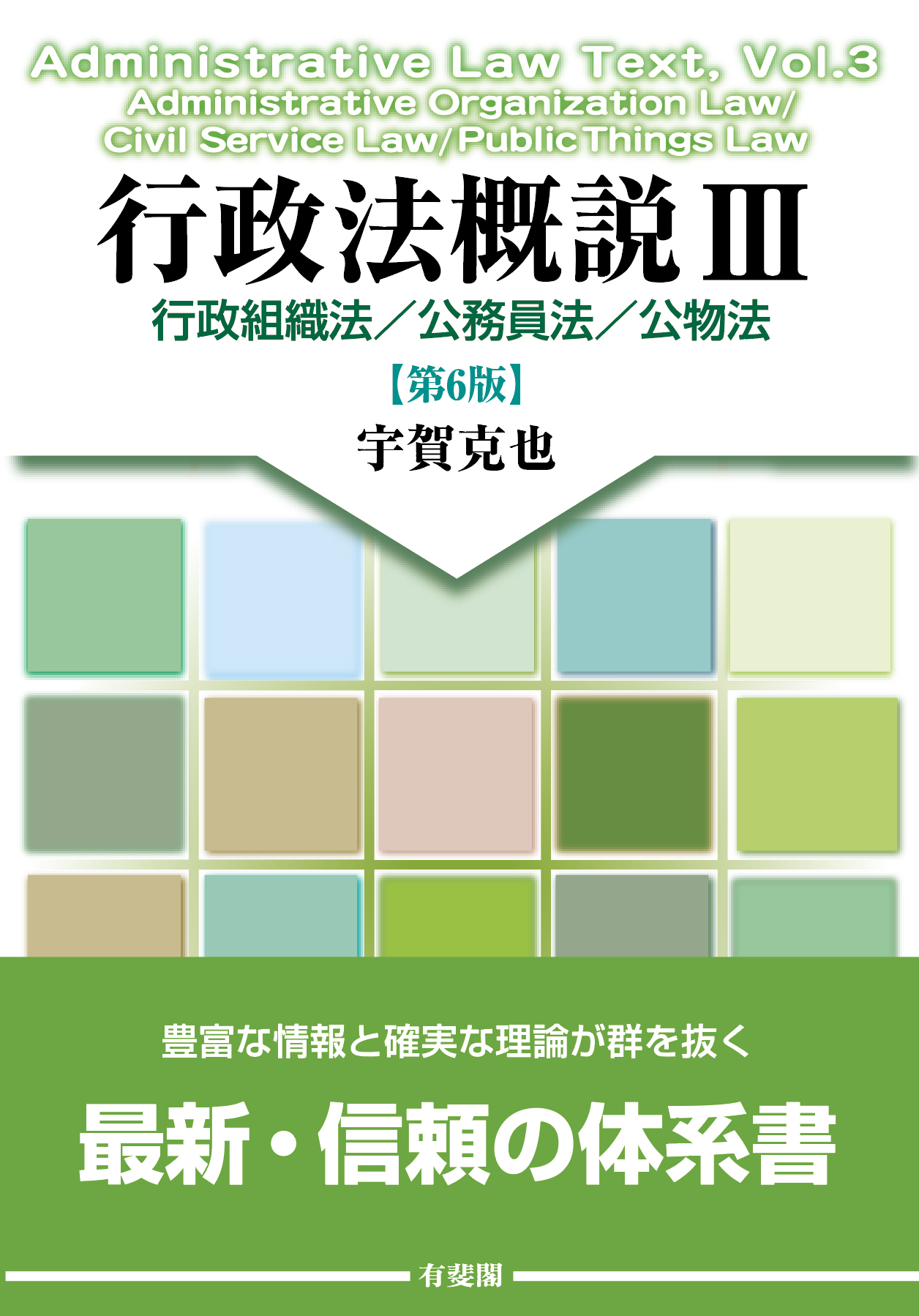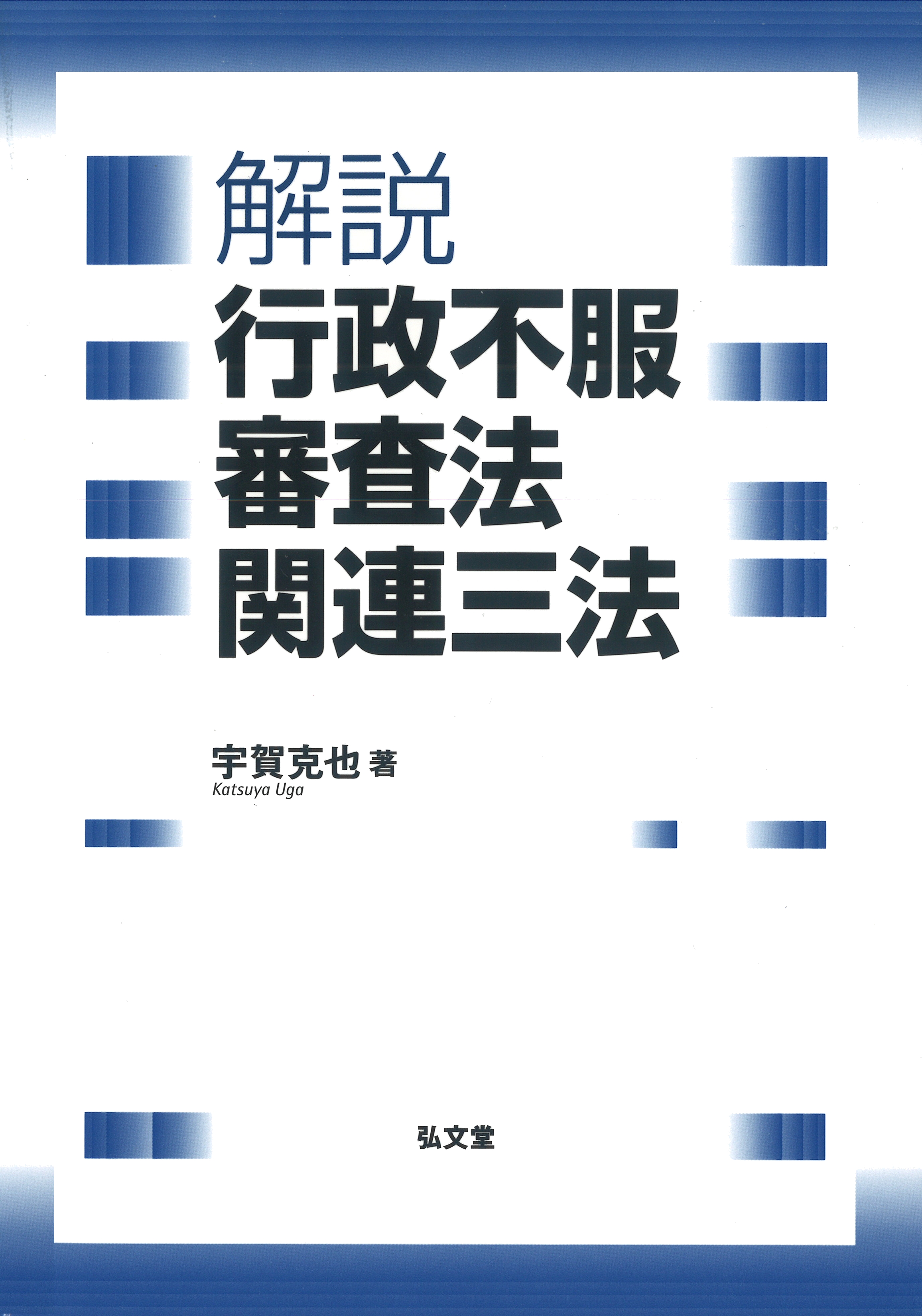
Title
Gyosei-Fufuku-Shinsa-Ho-Kanren-Sanpo (Commentary on Three Laws Related to the Administrative Appeal Act)
Size
296 pages, A5 format, softcover
Language
Japanese
Released
July, 2015
ISBN
978-4-335-35616-2
Published by
KOUBUNDOU Publishers Inc.
Book Info
See Book Availability at Library
Japanese Page
This book provides commentaries on all three laws established in 2014 that are related to the Administrative Appeal Act. Part 1 of the book deals with the Administrative Appeal Act, which was revised in its entirety. The author has previously published two other books on the overhauled Administrative Appeal Act titled Q&A: Commentary on the New Administrative Appeal Act (Shinnippon Hoki Publishing, Co., Ltd.) and Commentary on Administrative Appeal Act (2nd edition) (Yuhikaku Publishing Co., Ltd.). As such, an effort was made to include content in this book that is not covered in either of these books. Part 1 also provides detailed discussion of key factors leading to the overhaul of the Act, including the initial establishment and review of the Appeal Act (1890), points improved by the former Administrative Appeal Act (1962), the drafting of the Administrative Procedure Act by the First Provisional Commission for Administrative Reform as well as the drafting of a reform proposal for the Administrative Appeal Act in 2008, subsequent examination by the Commission to Investigate the Administrative Remedy Mechanism, and discussion in the National Diet. Part 2 of the book discusses the Act on Arrangement, etc. of Relevant Acts associated with Implementation of the Administrative Appeal Act (hereinafter “the arrangement law”). As very little of the arrangement law has ever been explained in detail, an effort was made to provide as detailed an explanation as possible. It is this detailed explanation of the arrangement law that distinguishes this book from other books on the overhaul of the Administrative Appeal Act. To understand the arrangement law, it is necessary to understand its underlying fundamental policy. As such, an explanation of this fundamental policy is provided in Chapter 1 of Part 2. The content of the arrangement law can broadly be divided into two categories: (1) content related to the overhaul of the former Administrative Appeal Act and (2) content related to revision of the exhaustion of administrative appeals. Part 2 provides concrete examples of the wide-ranging content included in (1) related, for example, to the unification of petition types, establishment of regulations regarding nonfeasance, presumptive higher administrative authority, cases that do not require appointment of a review officer, special cases that presume application of the review officer system, special cases that do not require consultation with the Administratrive Appeal Review Board or equivalent entities, statutory designation of time limits for issuing rulings, and ruling of presumptive dismissal. Regarding (2), Part 2 discusses (i) the background leading up to revision, (ii) explanation of the principles underlying revision, and (iii) the results of revision, and provides concrete explanations whenever possible. Part 3 of the book explains the Act on Partial Revision of the Administrative Procedure Act, which was established as part of the three laws related to the Administrative Appeal Act. As the Act on Partial Revision of the Administrative Procedure Act is explained in a different book titled The Three Acts on Administrative Procedure (3rd revised edition) (Gakuyo Shobo), this book provides more detailed examination of exclusions, forms of administrative guidance, requests for discontinuance of administrative guidance, requests for disposition etc., and supplementary provisions.
(Written by UGA Katsuya, Professor, Graduate Schools for Law and Politics / 2018)



 Find a book
Find a book


 eBook
eBook